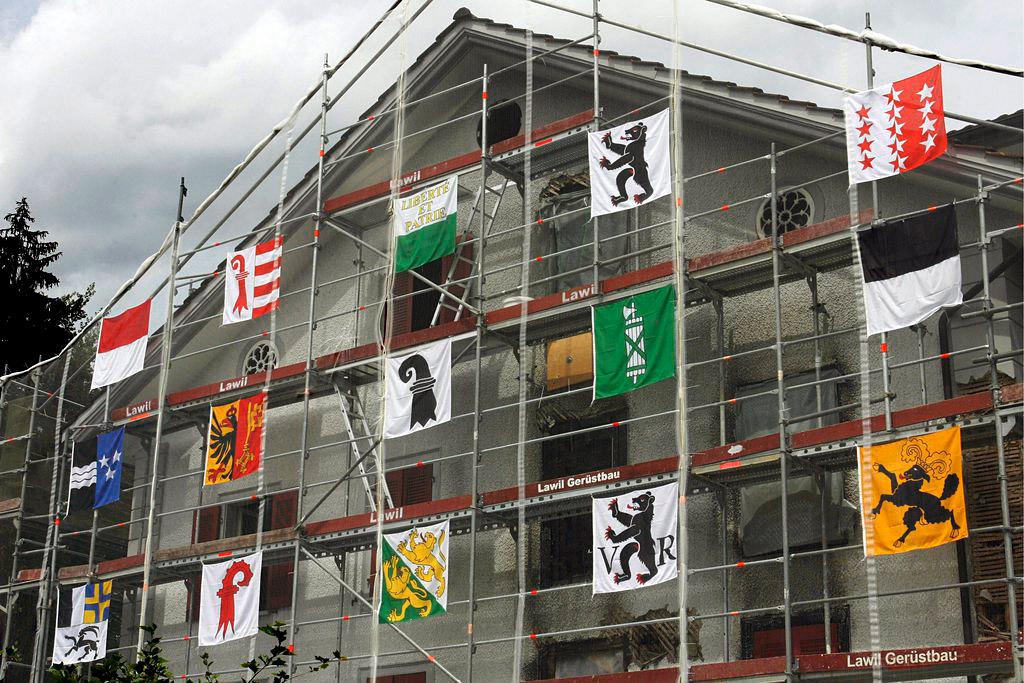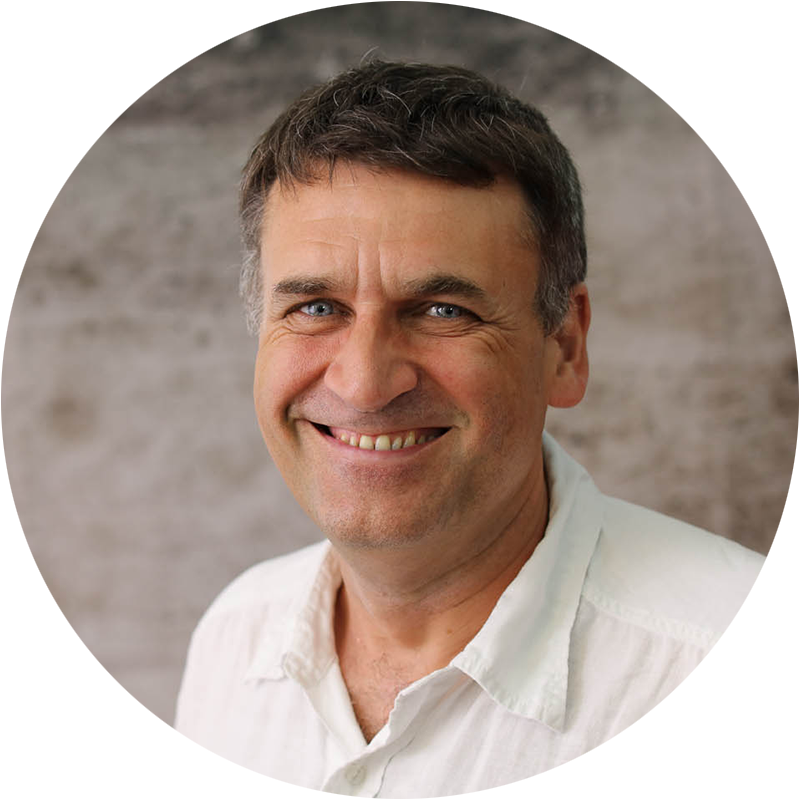
Has Switzerland’s 26-canton model had its day?

From time to time there is talk in Switzerland about creating larger cantons. Yet such ideas never seem to gain traction, or they get rejected at the ballot-box due to a stubborn attachment to old internal borders.
Even Napoleon had to raise the white flag. Following the proclamation of the Helvetic Republic in 1798, France, which had invaded the country, decided via its governing commissioner to redesign the frontiers of several cantons, in particular those that seemed hostile to the French revolution. The governing commissioner, Jean-Jacques Rapinat, proceeded to carve out a new canton called “Waldstätten” by combining Uri, Schwyz, Unterwalden and Zug, probably thinking to himself: “Not happy? You wanted this yourselves. Now your four cantons are going to be merged into one, and we will curb your influence.”
He did the same in eastern Switzerland: Glarus, Sargans and Upper Toggenburg were lumped together to become canton “Linth”, while Appenzell, St Gallen, Rheintal and Lower Toggenburg became canton “Säntis”. But this shuffling of geopolitical cards was short-lived. The attempt to apply the centralistic and unitary French model to Switzerland turned out to be a fiasco. “We in St Gallen bundled with the Appenzellers? And all ruled from Bern? Never – we want our sovereignty back!,” was the backlash, accompanied by attacks on those favourable to the new order. In 1803, faced with a no-win situation, Napoleon decided to give the country a new constitution of a mainly federalist cast, the so-called “Act of Mediation”, and to re-instate the cantonal borders as they had stood before.
The “Man of Destiny” summed it up in a letter to the Swiss delegates assembled in Paris that year: “Switzerland is not like any other state either in terms of the events which have taken place there over the centuries, or in its geographical and topographical situation, or the different religious denominations and the extreme difference in customs within its parts. Nature has made your country a federal state; to want to override that would not be the thought of a prudent man.”
Stability preferred
After the Act of Mediation, the national and cantonal borders were modified once again in 1815 at the Congress of Vienna. From that point on there has been no major change, with the exception of the establishment of a new canton of Jura in 1979, following the wish of its French-speaking population to secede from Bern.
This does not mean that change has not been tried. At regular intervals, somewhat utopian proposals have been presented to redraw the map of Switzerland, usually by drastically reducing the number of cantons.
In a direct democracy like Switzerland’s, the decision to merge two or more cantons is a matter for the people; it cannot be imposed from above, as it can in France, which has just reduced the number of its regions from 22 to 13. And past experience shows that the idea of creating super-cantons in Switzerland is likely to remain no more than wishful thinking.
Just a few months ago, in September 2014, the people of the two adjacent cantons of Basel City and Basel Country voted on a merger proposal. As had already happened in 1969, Basel City approved the idea (55% said yes), while in Basel Country there was a strong no vote (68%).
A system that has had its day?
In the view of many observers, the system of 26 cantons is showing its age. Many cantons are too small to meet the challenges of globalisation and solve all the problems that go beyond cantonal frontiers.
In a book published last November, Jura Social Democrat and former parliamentarian Jean-Claude Rennwald tried to revive the idea of a mega-canton combining Neuchâtel, Jura, and the part of Jura that still belongs to Bern. “Bigger and bigger is not a goal in itself,” noted Rennwald in an article in the magazine L’Hebdo. “However, in a world made up of big chunks we can no longer act like dwarfs.”
Furthermore, federalism as it stands “no longer corresponds to people’s living spaces, which have become bigger,” notes François Cherix, who in 2002 was one of the main promoters of the initiative to merge Geneva and Vaud (rejected at the polls by four out of five voters). More and more often, he points out, people reside in one canton, work in another, and spend their free time in a third.
Why have 26 cantonal police forces when organised crime thumbs its nose at borders? Given spiralling healthcare costs, why go on planning at cantonal and not supra-regional level? Why has it taken years and years to harmonise public education? Despite this harmonisation, even today, when a family moves to another canton, they need a great deal of patience to get used to the ins and outs of the new system – apart from when the school year begins, when holidays are, what the timetable is, and so on. These arrangements vary not just between cantons, but even from one municipality to the next.
“When you ask citizens if it is helpful to have two different administrations or two different school systems they say, ‘No, it is useless – it just complicates our lives’. But then when you touch on the identity aspect, they are totally unwilling to change the system. It’s a bit absurd,” says Cherix.
Mammoth task
Yet in the view of Nicolas Schmitt, a professor at the Institute of Federalism at the University of Fribourg, the patchwork quilt that is Switzerland is a good thing. “For a federal state it is a great advantage to have member states with fixed frontiers that are not continually being questioned.”
Any merger would also bring enormous technical and legal problems. “The cantons have many powers,” points out Schmitt. “Along with Canada, Switzerland is probably the most decentralised federation in the world. Harmonising the management systems for water, forests, the status of civil servants and the legal system is a mammoth task.”
The process of harmonisation is unavoidable, counters Cherix. The exponential increase in intercantonal agreements, a favourite instrument for collaboration between cantons, reflects this trend: today there are 800 and counting, and most of them have been signed in the last 20 years. These treaties deal with the most varied topics imaginable – from prison sentences to vocational colleges, not to mention public tenders and combatting violence in sport.
“This is a kind of centralisation that is strong but hidden, one that creates an intermediate level of power between the federal government and the cantons. In fact, newer, larger regions are taking shape, without people even being aware of it. The result is that the cantons are being voided of their substance,” claims Cherix. “In the end, the 26 cantons we have now will remain, but they will no longer be the cantons that we know. They will be implementers of federalism; they will be 26 districts that will apply decisions made elsewhere. But as long as each canton still has its own flag, everyone will be happy.”
Identity is key
Schmitt concedes that inter-cantonal cooperation is more needed than ever. But the central factor remains the sense of local identity, he says. “We need to make a distinction between identity and powers. The citizens hardly know what the powers of their canton are, and in the end this doesn’t matter to them a lot. The important thing for them is to know that they are Appenzellers or belong to St Gallen or Vaud. Especially in an era of globalisation like ours.”
The existing 26 cantons represent an ideal subdivision of the country into small territories which “ignore ethnic divisions”. Modifying this geographical grid would mean upsetting the equilibrium created over centuries. “There would be a breakup into languages, a bit like [the ethnic and religious divisions] in Iraq with Sunnis, Shiites and Kurds,” says Schmitt. “Valais might get merged into a canton of French-speaking Switzerland. What about the German-speaking Upper Valais then? In a French-speaking super-canton, it would become a kind of Indian reserve. The Upper Valais people would say ‘We don’t want to be a part of this’ and would join Bern. Or in German-speaking Switzerland you could merge the north, wealthy and Protestant, with the centre, less wealthy and Catholic. Then you would recreate the Switzerland of the Sonderbund war [the brief civil war of 1847 between Catholics and Protestants]. Switzerland is a country of extreme diversity; it may be the country in the world with the most diversity on the smallest territory. To tinker with the institutional balance would mean opening Pandora’s box.”
(Translated from Italian by Terence MacNamee)

In compliance with the JTI standards
More: SWI swissinfo.ch certified by the Journalism Trust Initiative



































You can find an overview of ongoing debates with our journalists here . Please join us!
If you want to start a conversation about a topic raised in this article or want to report factual errors, email us at english@swissinfo.ch.